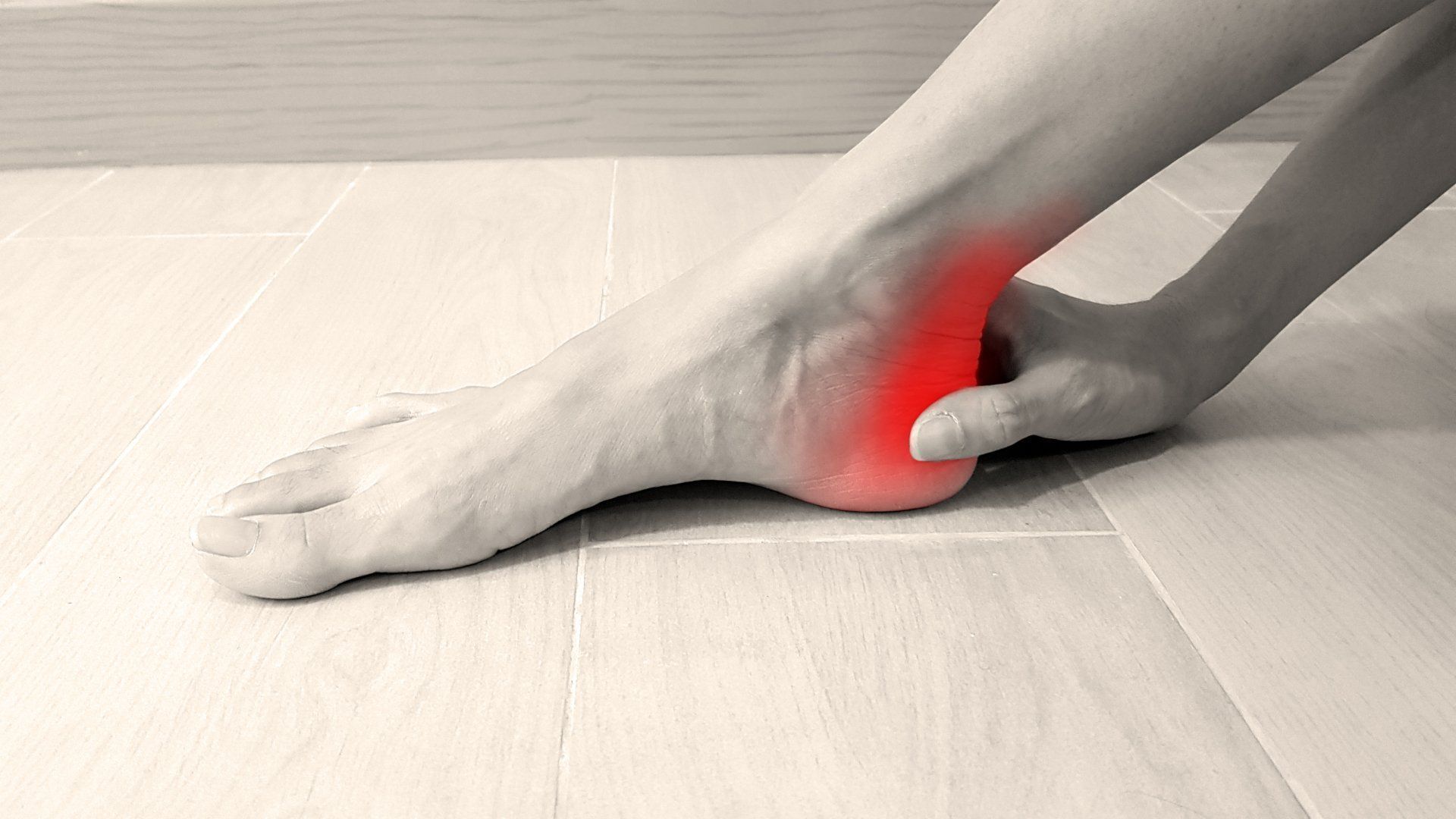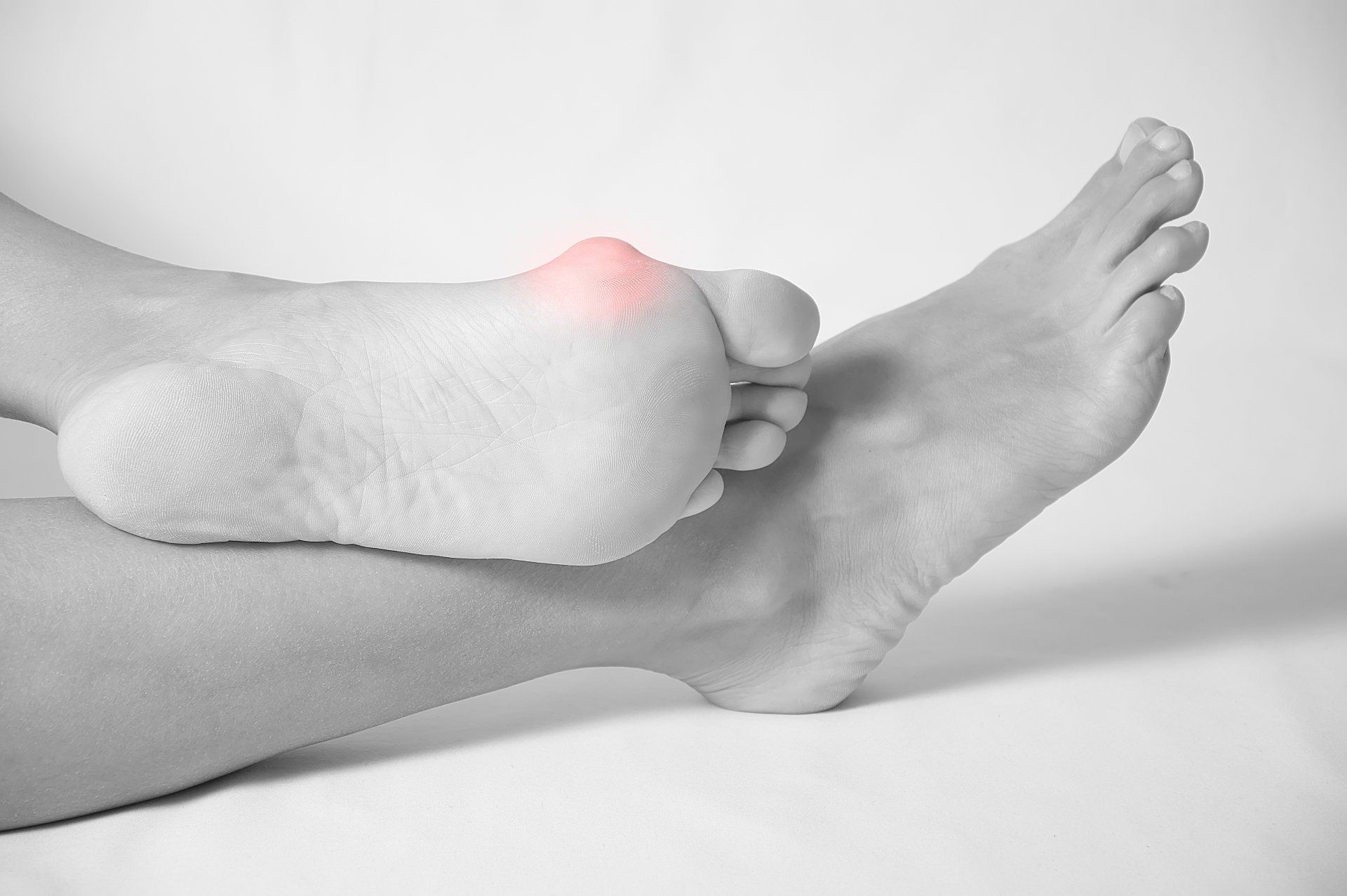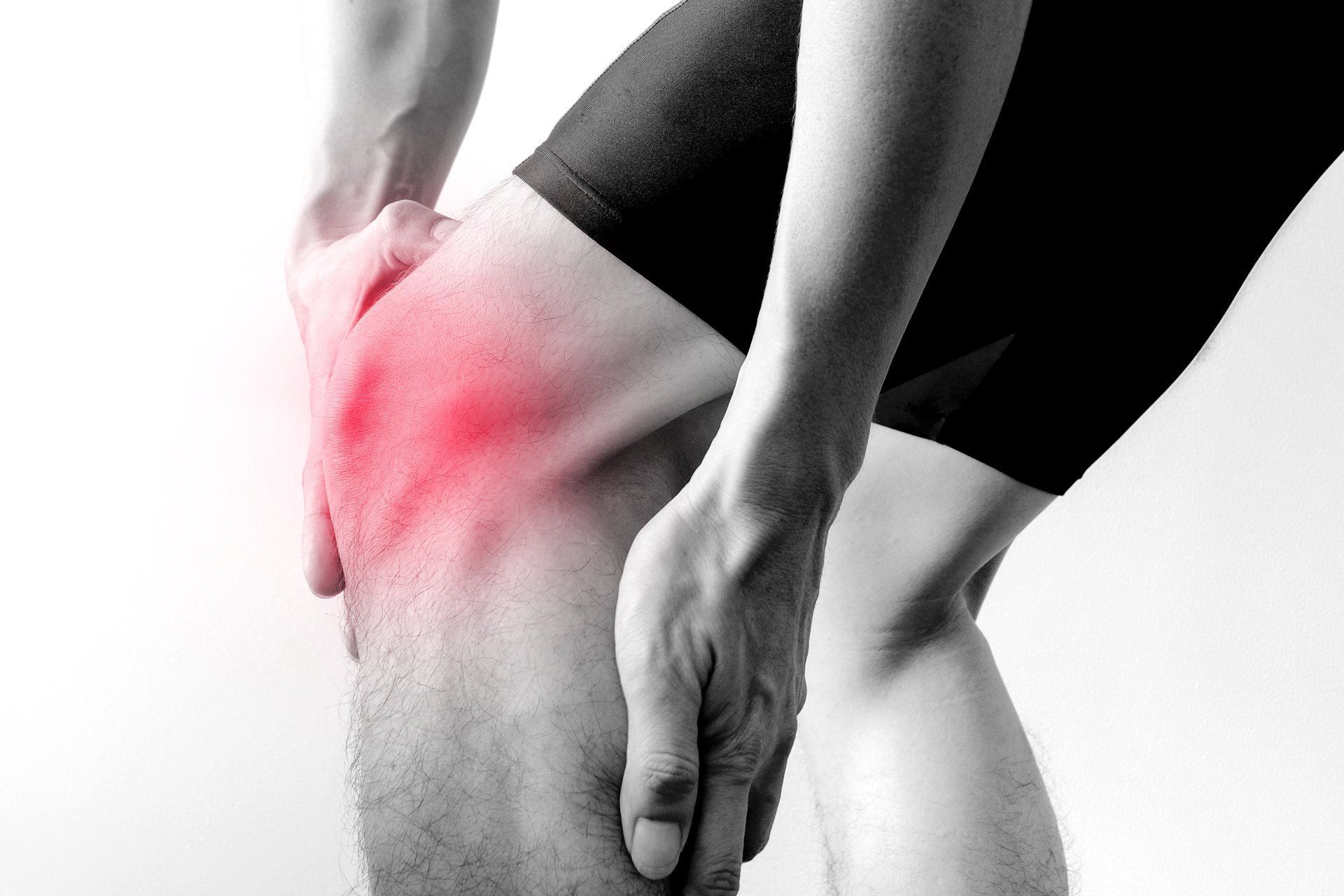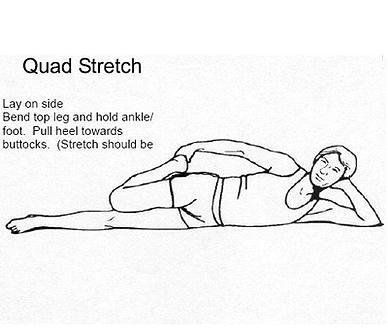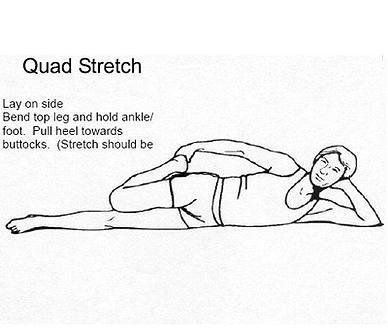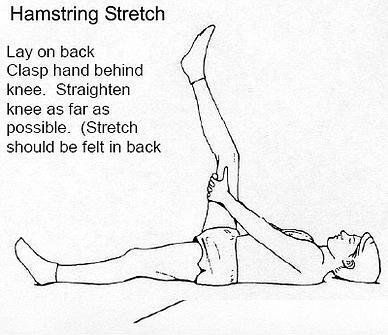Iliotibial Band Syndrome
Iliotibial Band Syndrome (also referred to as IT Band Syndrome) is an overuse of connective tissues located on the outer part of the thigh and knee. It causes pain and tenderness in those areas, especially just above the knee joint. Helpful stretches, and exercise that target the area, can provide relief, as well as a properly fitted pair of shoes. Visit The Foot Store, or read on, to learn more.
Symptoms
- Pain experienced on the lateral (outer) side of the knee
- Pain sometimes experienced in lateral thigh or lateral hip
- The degree of discomfort can range from a dull aching to a sharp stabbing pain
- The pain is usually not localized but covers a larger area
Definitions
- Iliotibial Band
- A thickening of the fascia that runs up the outside (lateral) thigh
- Connects to 2 muscles at the hip (Gluteus Maximus and Tensor Fasciae Latea) and then down below the outside of the knee to the tibia (shin bone)
- The primary function is to provide stability to the lateral knee while standing
- It helps to maintain hip extension in standing and hip/knee flexion in running and walking
- The IT-Band moves forward at the knee as the knee extends and slides backward at the knee as the knee flexes, but is tense in both positions
- Iliotibial Band Friction Syndrome
- Inflammation where the band/tendon/fascia rubs across the distal lateral femur (outside, of bottom end, of the thigh bone)
- Can be inflammation of the band/tendon, bursa under the tendon, or the periosteum (covering over bone) of femur
Primary Cause
- Excessive Pronation
- Pronation is a normal movement of the foot, that allows the arch to flatten to a degree, which helps the body to absorb shock and adapt to different ground surfaces
- In analyzing ones gait, first contact is on the heel and outside of the foot; followed by a shift of bodyweight continuing forward, toward the arch and toes
- If the foot is weak or tired and/or the footwear is not supportive, then the arch can flatten more than normal, which is excessive pronation
- Flattening of the arch (excessive pronation) places pressure on the foot and causes rotation to occur at the knee pulling on the IT Band. If the IT Band is not stretched enough it can cause inflammation
- This repetitive, excessive pronation, is the main contributor to many lower extremity, overuse injuries
Contributing Factors
- With increasing age, often there is decreasing flexibility
- Any sudden change in activity, specifically, activities that increase weight bearing or pressure on the foot
- Changes in training – downhill running, running on banked surfaces, increasing training too quickly
- Anatomical abnormalities – leg length discrepancies, bow leg, and laxity of lateral knee ligament stability
- Underlying faulty pelvic mechanics
Treatment
- The 3 S’s – Stretching, Strengthening and Supporting, along with ICE and REST, have been found to be the simplest and most effective treatment for these injuries.
- Stretching of the IT-Band, hamstring, piriformis and quad
- Strengthening of the hamstring, hip abductors, quad and gluteals (buttocks), for both the hip and knee areas
- Supporting the foot with proper shoes and insoles, can prevent or help to eliminate the vast majority of stresses on the lower extremity. This may be a Birkenstock sandal, with a broad base and contoured foot bed, that is low to the ground and conforms to the foot. It may also be a shoe with an upper that wraps the foot and supports the arch and heel, thus limiting excessive pronation. The vast majority of footwear have more than enough cushion but very little support for the arch and heel. One of the easiest and most effective solutions is to add a simple over the counter insole that provides a forgiving support for both the arch and heel
- Physical Therapy including ultrasound, electrical stimulation, and exercise
The following are a few helpful exercises. Check with your doctor for specifics on your condition and what you should or should not do for your problem.

